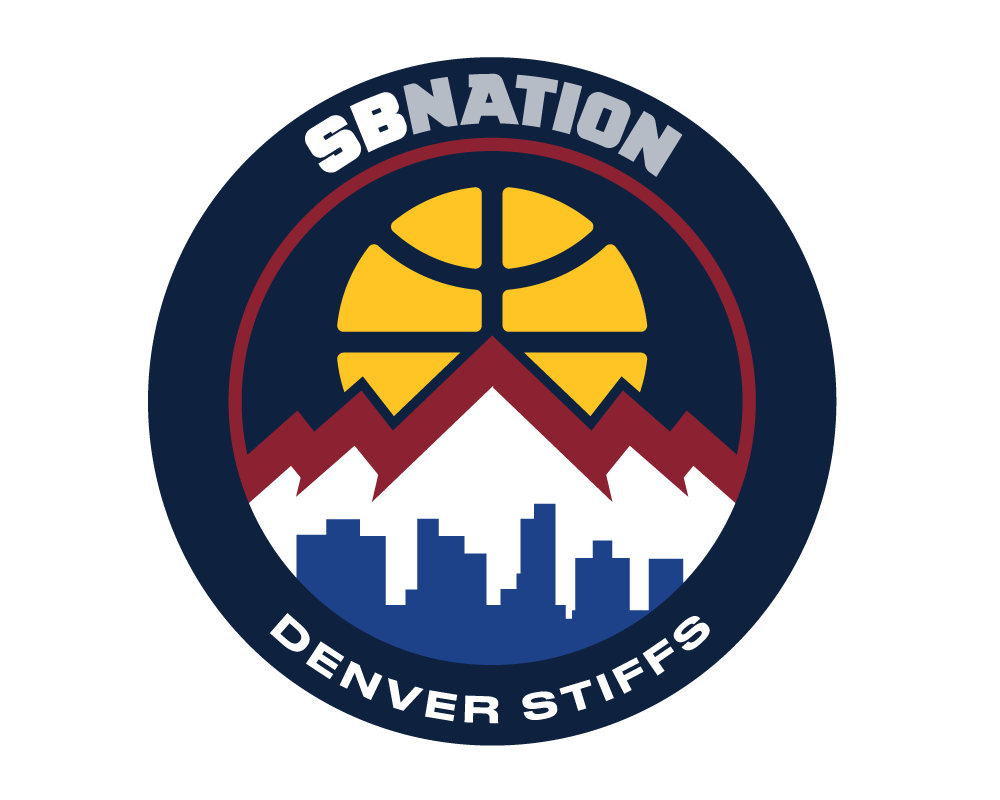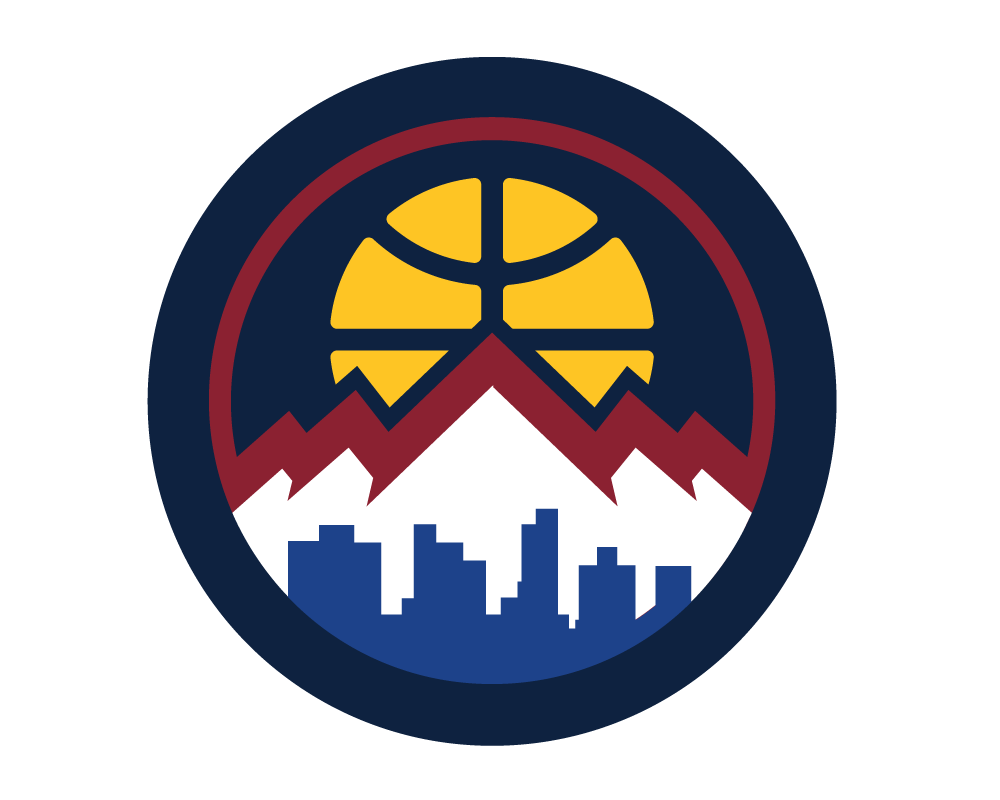Reader Zachm219 brought this to my attention:
I don’t understand how the Malik Allen trade has gone through. According to league rules no player can be traded to a team that is at or above the salary cap and then be traded again in COMBINATION with another player for two months, however the player can be traded on his own. This means that so long as Walter Sharpe is involved in a deal in COMBINATION with Sonny Weems he can not be dealt until the 13th of September.
I remember reading somewhere that loopholes are created when teams possess Trade Exceptions ... so after some digging on Larry Coon's NBA Salary Cap FAQs I found the answer in question 72.
72.) Can exceptions be combined when making trades?
The legal combining of exceptions sometimes creates the appearance of teams getting away with illegal trades. For example, as detailed in question number 85, when a team is over the cap and acquires a player in trade, they cannot re-trade that player in combination with other players for two months. Technically, however, this applies only to players traded together using the same exception (i.e., aggregated).
For example, Orlando acquired Danny Manning from Phoenix (as part of a package for Penny Hardaway) on 8/5/99. They then traded Manning and Dale Ellis to Milwaukee on 8/19/99. This trade did not violate the two-month rule because Orlando technically traded the players separately -- Ellis completed an earlier, non-simultaneous trade. Therefore the trade was legal.
So, in the Nuggets case ... they must have traded Sonny Weems (in the role of Dale Ellis) in an earlier, non-simultaneous trade. Making the trade technically a separate one. That's my understanding of this rule anyway.
If you like to dig into the technical stuff on NBA Salary Cap stuff then Larry Coon's site is a great place to find information.



